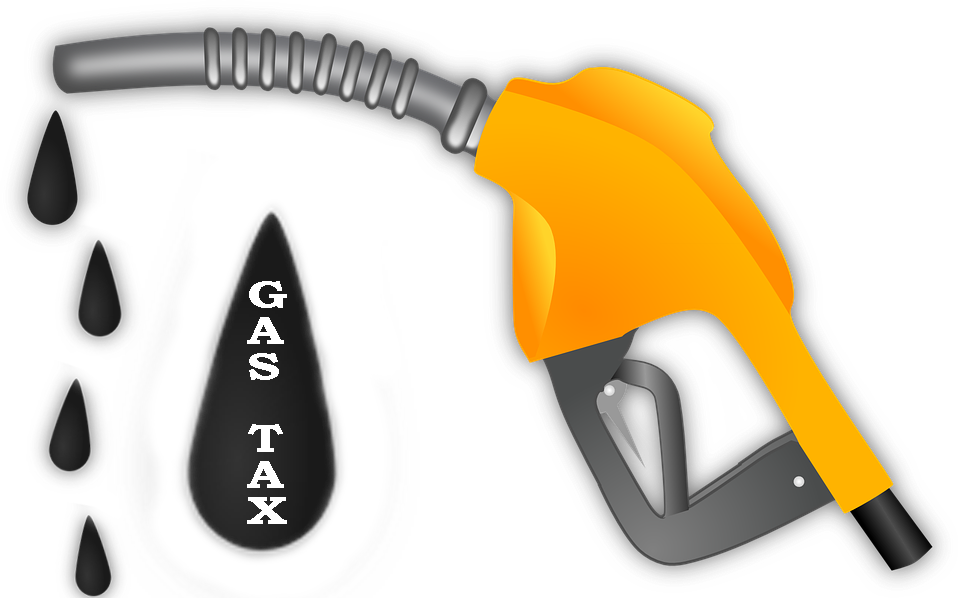Raising the tax on gas consumption is adding extra revenue for states looking to fund infrastructure projects. Raising the gas tax could even be a possibility at the federal level but that has not happened in a very long time. The federal government currently taxes gas at 18.4-cents-per-gallon and diesel at 24.4 cents. The tax, which funds the Highway Trust Fund’s (HTF) state allocations for transportation projects, has not been raised since 1993. The White House is revisiting an increase in the federal gas tax by 7 cents to pay for infrastructure improvements President Donald Trump promised to deliver on the campaign trail.
According to a report from the Congressional Budget Office, the HTF will run out of funds in the next 10 years if gas taxes remain the same and if there are no new revenue streams. Because the federal government is temporarily stalled on improving national infrastructure efforts, states have taken the initiative by raising their own gas taxes to pay for infrastructure projects.
California added a 12-cents-per-gallon increase in the state’s gas tax that began in November. The tax hike is expected to raise $5.2 billion a year over the next decade. This annual funding will be split between state highway and bridge fixes and local street and road repairs.

In July, the gas tax in South Carolina went up 2-cents-per-gallon and after increasing 2-cents per year for six years, the total gas tax increase will be 12 cents. Gas tax funding will pay for resurfacing- nearly half of the money is dedicated to this project; improving safety on 1,000 miles of rural roads by adding rumble strips, guard rails or wider shoulders; replacing approximately half the state’s 750 deficient bridges and beginning to widen 11 or 12 interstates. Most of the projects included in the 10-year plan can be tracked here. Another website provides a county-by-county list of the first resurfacing projects that can move to construction because of the increase in gas tax revenue.
In 2015, a decision was made to increase Iowa’s gas tax by 10- cents-per-gallon. The 10-cent increase produced an additional $220 million in the state budget years that ended June 30 of 2016 and 2017. Since 2015, around $245 million has gone to the state road system, $167 million to county roads and $103 million to cities. In Iowa’s 99 counties, nearly $100 million was used on 237 critical projects, at least one in every county, during the state budget year that ended June 30. In Scott County, upcoming projects which will cost an estimated $4.3 million, will include replacing two bridges and three large culverts, plus four resurfacing projects.
Pennsylvania, which has been a leader in infrastructure reform, has the highest gas tax in the United States. See how the states rank in 2017 on gas taxes here.
SPI’s government market research shortens sales cycles and allows your sales team to focus on what they do best…selling. Learn more about their capabilities by contacting them today.
